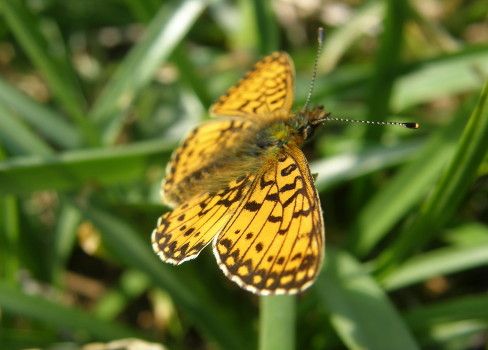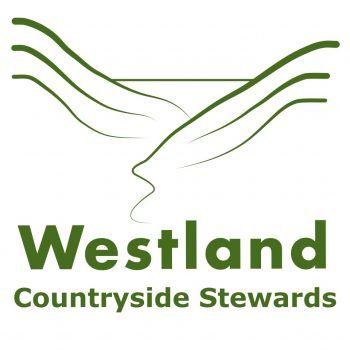
Butterfly Conservation
Spotting the Small Pearl Bordered Fritillary on Kilkhampton Common
Jenny Evans from the Cornwall Butterfly Conservation Group visited our site at Kilkhampton Common on the 7th June 2013 to give us some general advice on landscape management and also help in identifying any butterflies we may have. It quickly became apparent that it was a good day for butterfly spotting and with the warm sunshine made for a very worthwhile visit.
Landscape Management: Preserving Threatened Butterflies in Kilkhampton
We’re particularly keen to help encourage the local butterfly population and anything we can do to help increase numbers can only be a positive step towards our environment.
Amongst a number of different species, we discovered the Small Pearl Bordered Fritillary a happy resident on the  south facing bracken stands of the common. This is listed on the biodiversity priority species list so we are particularly proud to discover it here. With small improvements we can easily help their chances of survival.
south facing bracken stands of the common. This is listed on the biodiversity priority species list so we are particularly proud to discover it here. With small improvements we can easily help their chances of survival.
Conservation Through Working With Nature
Bracken helps some of Britain’s most attractive and threatened butterfly species to survive, and it’s particularly important to the four highly threatened Fritillary butterflies. The Small Pearl bordered fritillary was once very widespread but has declined significantly over the last 20 years. It utilises grassland with  bracken and patches of scrub. Females lay their eggs either on dead vegetation or near to violets. We’ll be looking into both these aspects in order to help conserve and increase their numbers.
bracken and patches of scrub. Females lay their eggs either on dead vegetation or near to violets. We’ll be looking into both these aspects in order to help conserve and increase their numbers.
Adults will feed primarily on Bugle (Ajuga reptans) of which we have plenty along the lower track.
Whereas larval foodplants are the Common Dog-violet (Viola riviniana) and Marsh Violet (Viola palustris) These are less visible from what I’ve seen but we do have Common Dog Violet higher up the slope.
